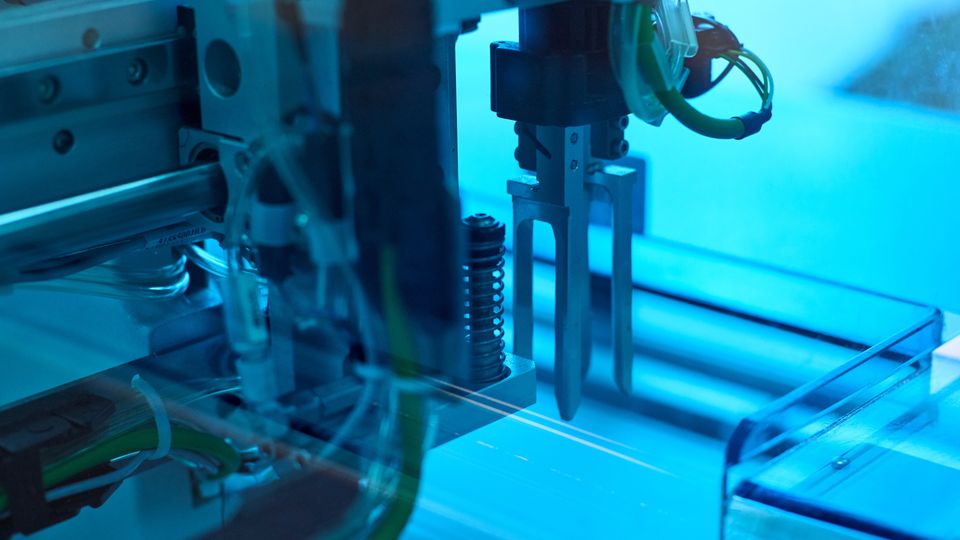In-Vivo Analysis of Protein Complexes Enabled by Novel Technique

Complete the form below to unlock access to ALL audio articles.
As the executor of life activities, proteins exert their specific biological functions through interactions such as forming protein complexes. The localization effects, crowding effects, and organelle microenvironments within cells are crucial for maintaining the structure and function of protein complexes. Therefore, it's important to analyze protein complexes accurately.
Recently, a research team led by Prof. ZHANG Lihua from the Dalian Institute of Chemical Physics (DICP) of the Chinese Academy of Sciences (CAS) has developed a glycosidic-bond-based mass-spectrometry-cleavable cross-linker, which improves the data analysis throughput and identification accuracy of cross-linking information with good amphiphilicity and biocompatibility. It enables in-vivo cross-linking of protein complexes in live cells and achieves large-scale and precise analysis.
This study was published in Angewandte Chemie International Edition on March 30.
Want more breaking news?
Subscribe to Technology Networks’ daily newsletter, delivering breaking science news straight to your inbox every day.
Subscribe for FREEChemical cross-linking mass spectrometry (CXMS), especially in-vivo CXMS, is a large-scale analysis of in-situ conformation and interaction interface of protein complexes in living cells.
However, in-vivo CXMS in living cells faces challenges such as high cell disturbance and complex spectra retrieval of cross-linked peptides.
In this study, the researchers incorporated glycosidic bonds into the design of functional cross-linkers based on the high biocompatibility of glucose molecules and the mass spectrometry cleavable feature of glycosidic bonds. They screened and obtained trehalose, a highly biocompatible molecule, as the skeleton molecule and developed a mass spectrometry cleavable cross-linker, trehalose disuccinimidyl succinate (TDS). This cross-linker showed superior cell viability maintenance compared to currently reported membrane-permeable chemical cross-linkers and enabled efficient cross-linking of protein complexes in cells under low disturbance conditions.
Based on this, they found that low-energy glycosidic bond-high-energy peptide bond mass spectrometry selective fragmentation mode reduced the analysis complexity of the cross-linked peptide fragment spectra, significantly improving the efficiency and accuracy of cross-linked peptide identification.
By this method, they identified conformation of 1453 proteins corresponding to over 3500 cross-linked peptide pairs, and 843 protein-protein interaction information from Hela cells.
"We have accurately realized in-vivo cross-linking and global analysis of protein complexes in live cells," said Prof. ZHANG. "And we provided an important toolkit for exploring the interaction sites of protein function regulation in live cell microenvironment."
Reference: Chen J, Zhao Q, Gao H, et al. A Glycosidic‐Bond‐Based Mass‐Spectrometry‐Cleavable Cross‐linker Enables In Vivo Cross‐linking for Protein Complex Analysis. Angew Chem Int Ed. 2023:e202212860. doi: 10.1002/anie.202212860
This article has been republished from the following materials. Note: material may have been edited for length and content. For further information, please contact the cited source.

